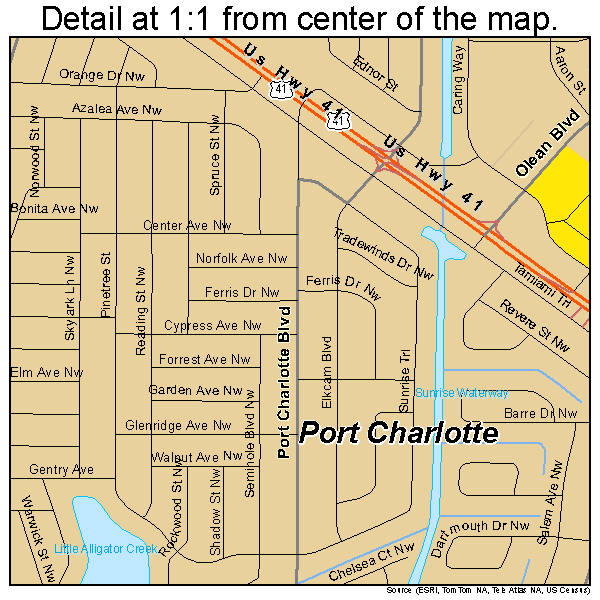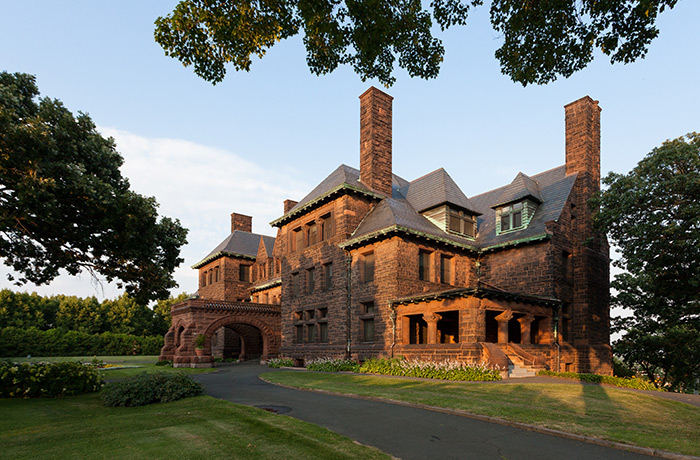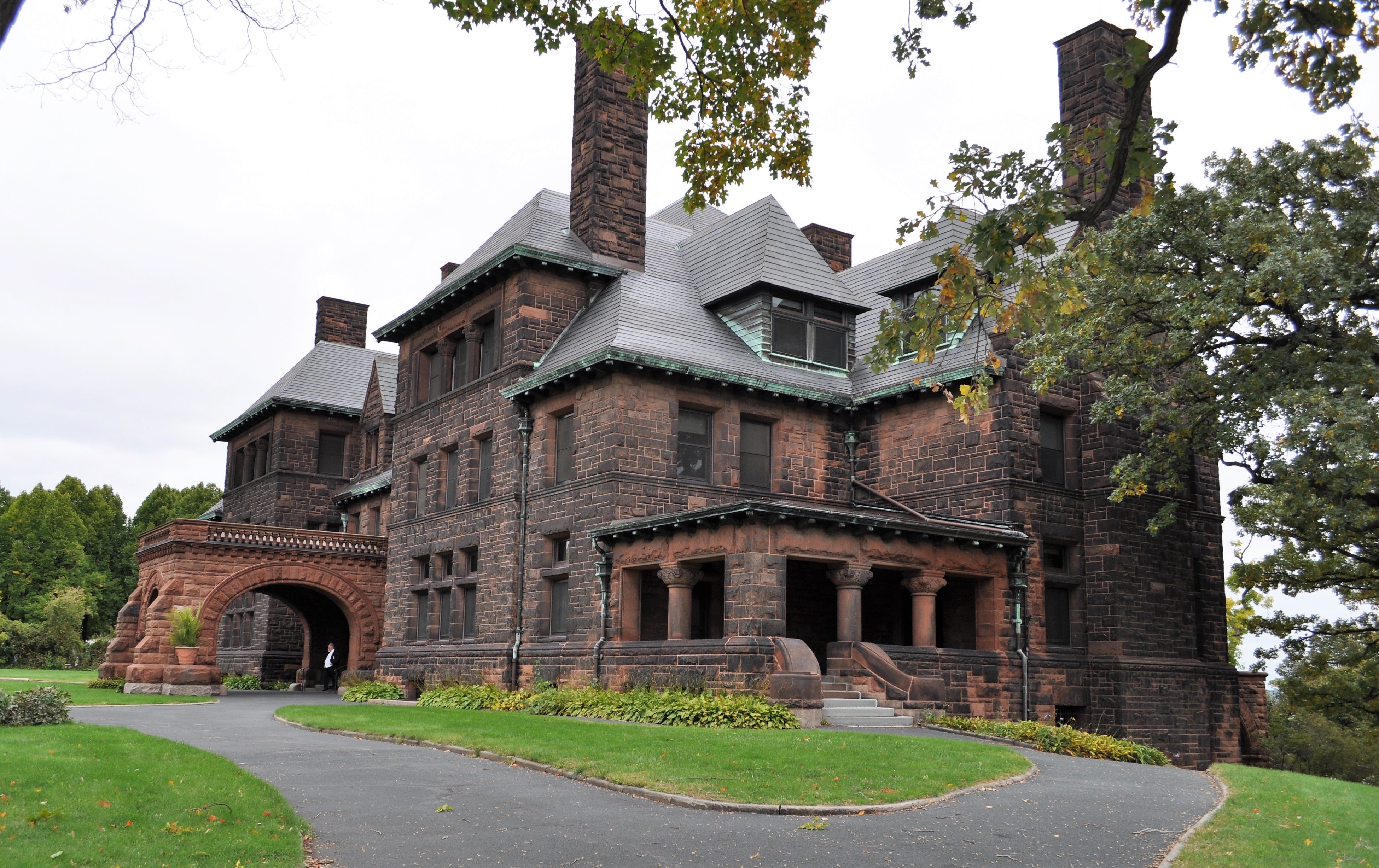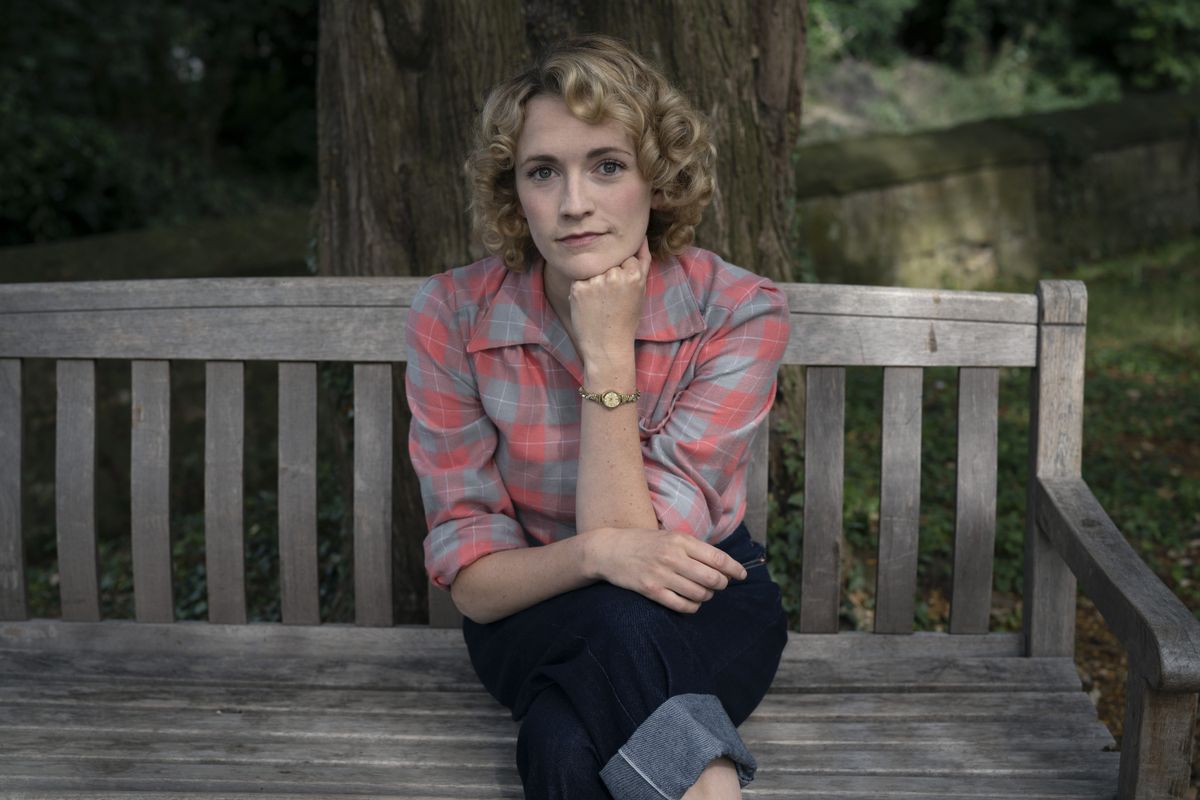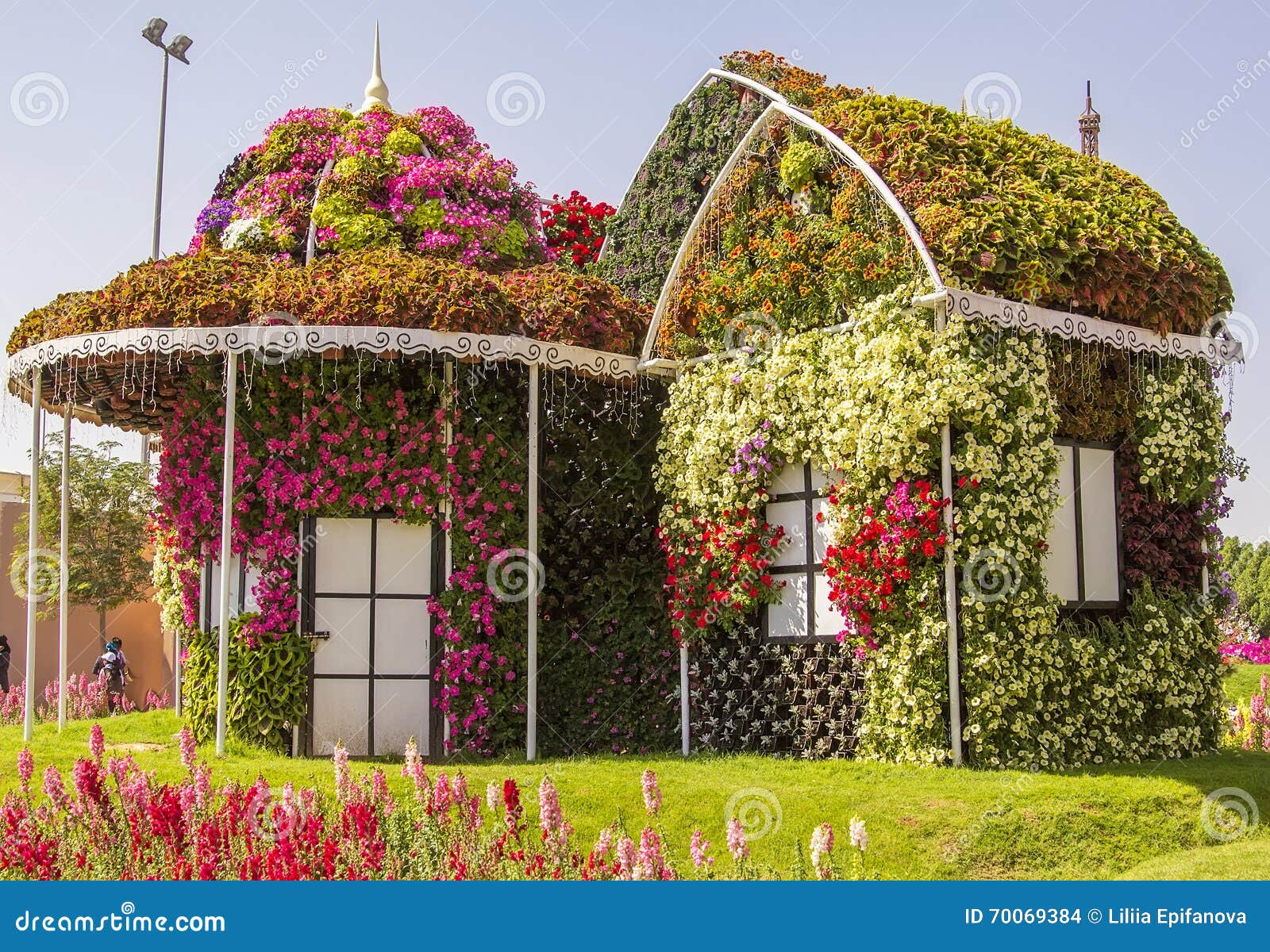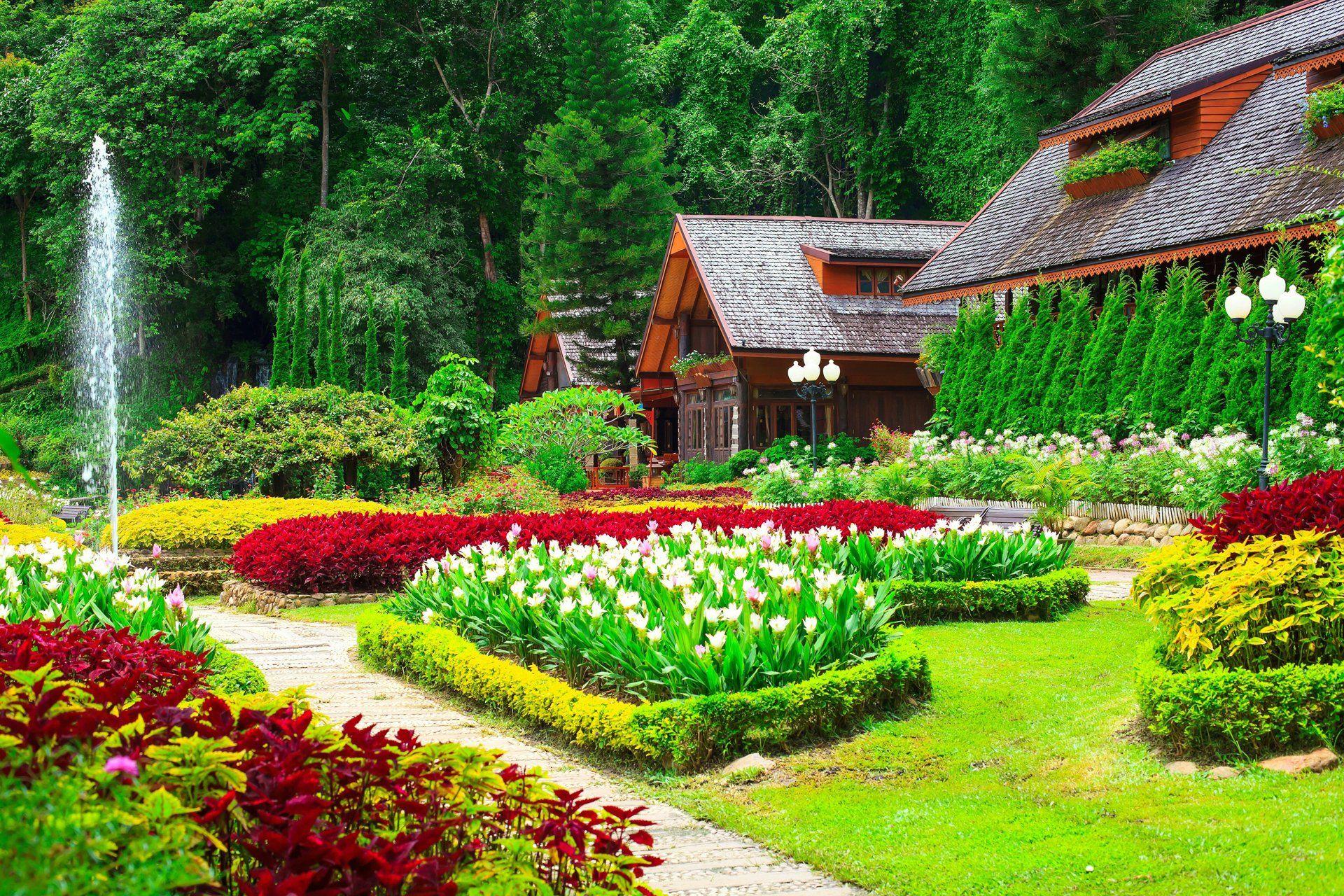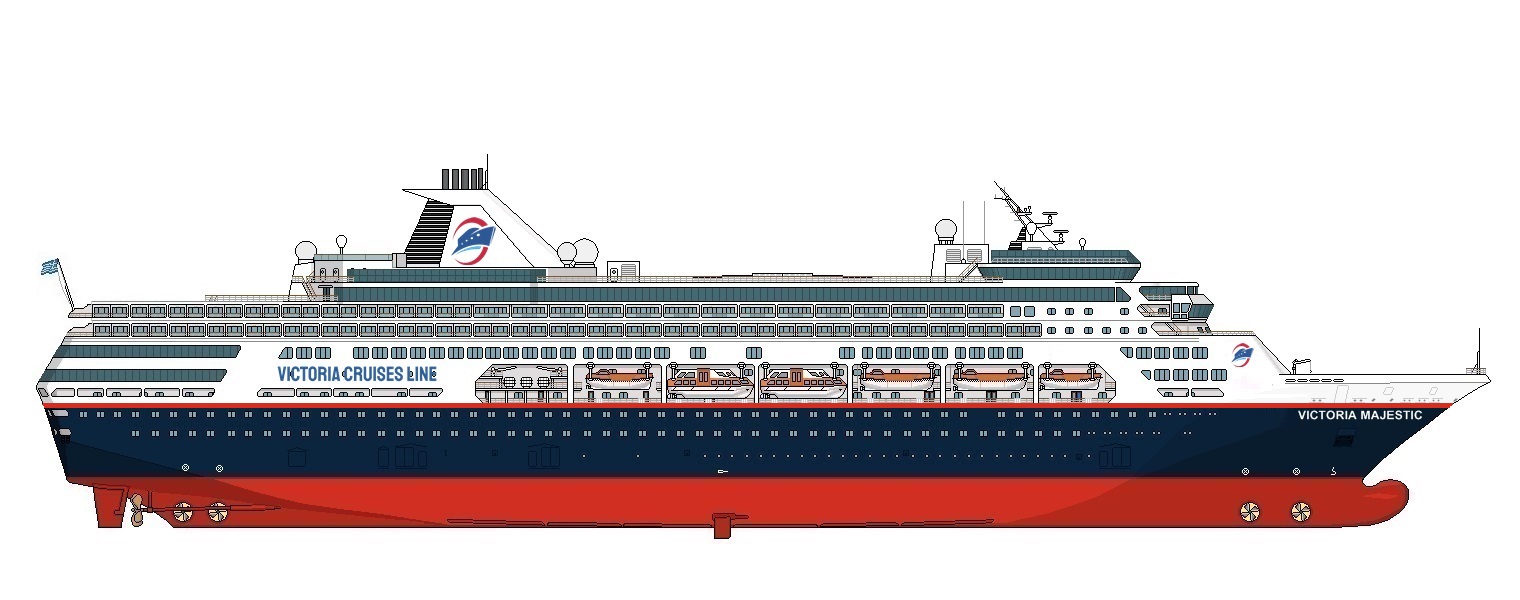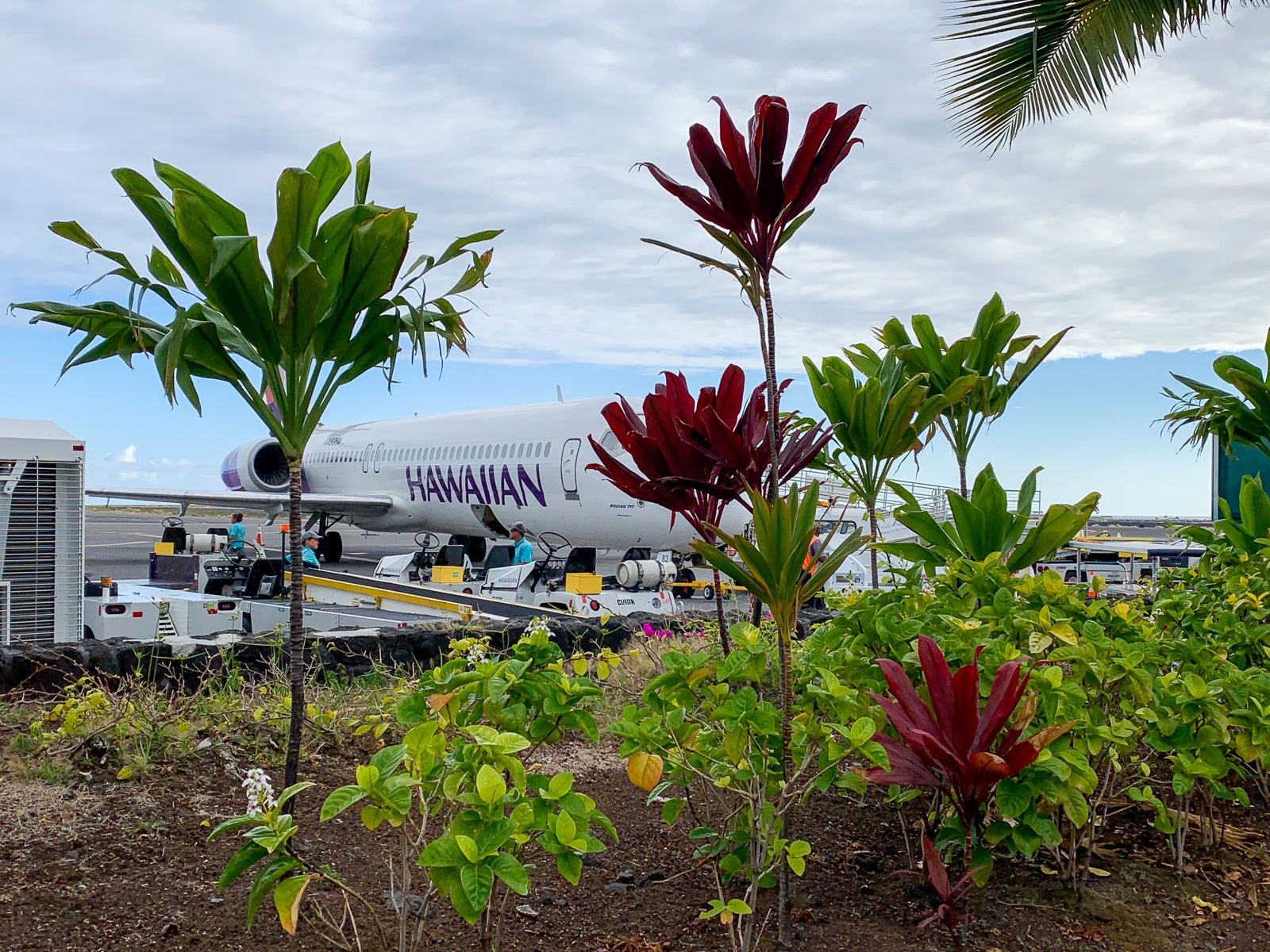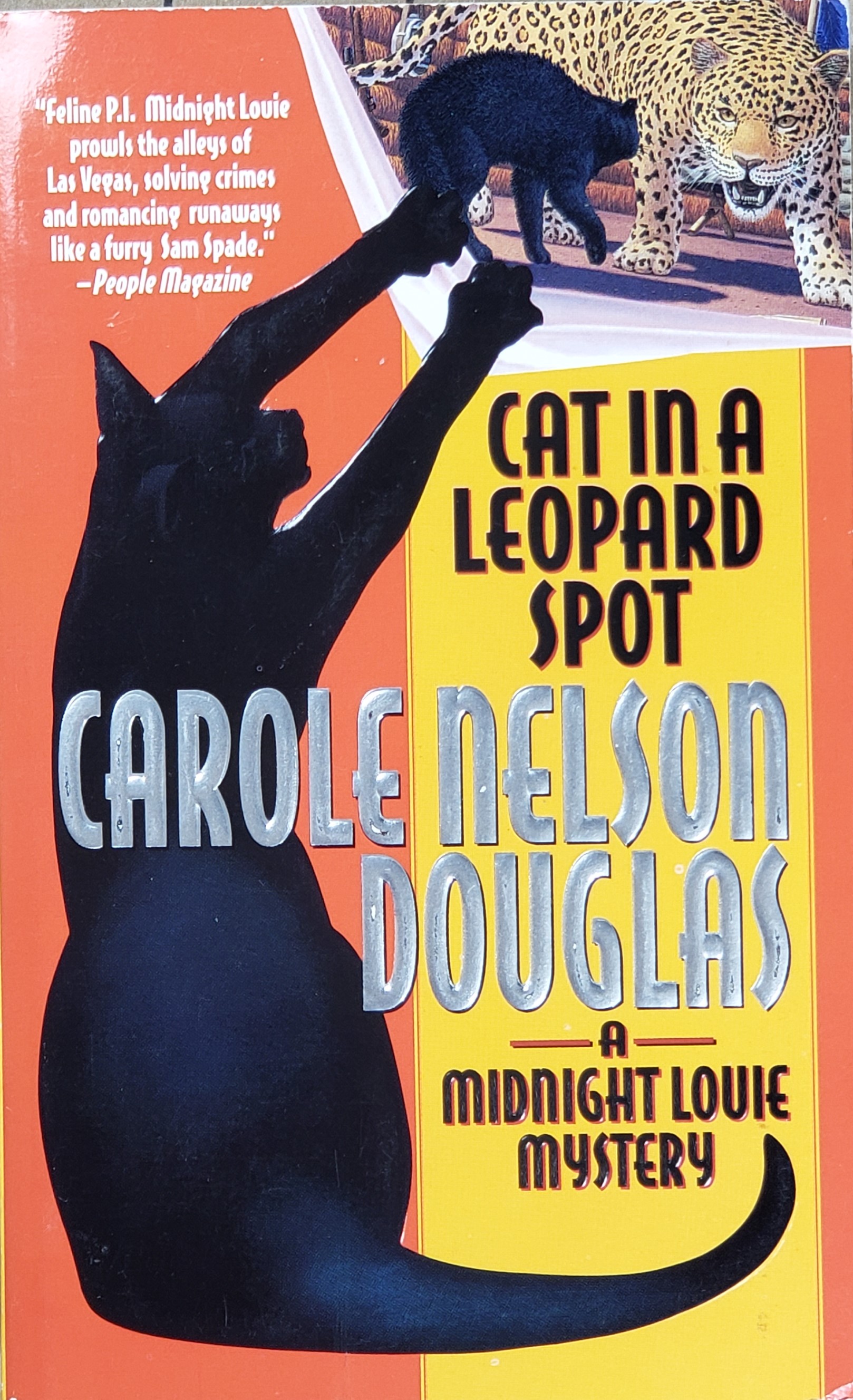Table Of Content

Reynolda House Museum of American Art houses a permanent collection of American art and sculpture from three centuries. The artists featured in the collection include Mary Cassatt, Frederic Church, Jacob Lawrence, Georgia O'Keeffe, and Gilbert Stuart. Reynolda Village was modeled after an English village with a dairy, stables, barns, school, post office and a church and houses for the family’s chauffeur, stenographer and other employees. Some African-American workers lived in the nearby Five Row community, named for the two rows of five houses on each side of the street.
Visiting Reynolda House Museum of American Art in Winston-Salem
Five bays of windows are centered over the three central column bays below, giving the second floor a similar transparency to the ground level. These windows are accompanied on either side by three double-hung windows, each with hinged shutters. Open to the public and always free, Reynolda Gardens and grounds are open year-round from sunrise to sunset. Immerse yourself in the colorful gardens, peaceful walking trails, and waterfall. Visit the greenhouse and see the Japanese tea houses and log cabin playhouse.
Reynolda Gardens And Grounds
With a symmetrical front facade, the house extends horizontally on the site. On the main level, a series of ten white-washed Tuscan columns define nine bays that face a formal garden and fountain with statuary. Pairs of French doors, sidelights, and transom windows with green-painted wood frames are set between the columns. This gives the facade a remarkably open appearance and creates interior spaces that are awash in natural light. A linear shed-roofed dormer is bookended with gables perpendicular to the main gable roof.
Reynolda House Museum of American Art and its collection
It was dredged for the first time in 1924, 11 years after it was first constructed. Runoff from the construction of Wake Forest’s new campus filled the lake again in the 1950s. Today the area serves as valuable wetlands for study by professors and students.
History Maker: Business leader Paul Ciener envisioned botanical gardens that bear his name
Hearst Television participates in various affiliate marketing programs, which means we may get paid commissions on editorially chosen products purchased through our links to retailer sites. Advance registration for Community Day is encouraged but not required. The Reynolda Estate was originally called Maplewood Farms in the early 1910s because of the maples that Katharine Smith Reynolds planted along the road leading from Winston-Salem. Please consult your health care provider, attorney, or product manual for professional advice. Products and services reviewed are provided by third parties; we are not responsible in any way for them, nor do we guarantee their functionality, utility, safety, or reliability. Visit Winston-Salem offers travel guides for even the most discerning visitor, along with an informative visitor center downtown.
Reynolda House Museum of American Art Receives Highest National Recognition - Yes! Weekly
Reynolda House Museum of American Art Receives Highest National Recognition.
Posted: Thu, 04 May 2023 18:08:02 GMT [source]
Timeline
The back of the house offers a counterpoint to the embracing form of the front. A semicircular porch with Tuscan columns set in a radial pattern creates a space from which to view the wooded site and lake beyond. A large fireplace and tile flooring give the porch a formal yet airy quality. Winston-Salem is also home to a symphony orchestra, a wind symphony, and an opera company—unusual for a city of its size. Man-made Lake Katharine was once a 16-acre lake stocked with fish.
Features

This freely available resource empowers the public with authoritative knowledge that deepens their understanding and appreciation of the built environment. The Reynolda House Museum of American Art was originally the estate of Richard Joshua (R.J.) and Katharine Reynolds, a prominent tobacco-industry family. The Reynolds worked with Philadelphia architect Charles Barton Keen and landscape architect Thomas Sears to design the 1,067-acre property.
Visiting the Reynolda House Museum of American Art Today
The iconic Lord and Burnham Greenhouse was completed in 1913, named for the renowned conservatory makers who had worked on other widely publicized projects nationwide. In this guide, we will dive deep into the historical and artistic significance of the Reynolda House Museum of American Art and touch on the other parts of Reynolda that you can’t miss out on. Discover the lives of the Black women and men who helped shape Reynolda as it evolved from a Jim Crow era working estate into a museum.
Reynolda House, Museum Of American Art, And Gardens
The Museum, considered one of the South’s “great houses,” is located in the restored 1917 country home of Katharine Reynolds and her husband R.J. Reynolds Tobacco Company.In addition to traveling exhibits of prominent American masters, Reynolda House curates smaller exhibitions of work from the permanent collection. The Babcocks sold or donated much of the estate’s acreage during their residency, including 600 acres for the relocation of Wake Forest College (now University) from Wake Forest to Winston-Salem. Mary died in 1953, and Charlie continued to reside at the estate until 1962.
Five Row was torn down in the 1960s for construction of Silas Creek Parkway. And Katharine planned and built their residence in an area remote from Winston-Salem’s urban center. Katharine had studied English landscapes and was familiar with the landscaped gardens and grounds of Duke Farms in Hillsborough, New Jersey, and the Biltmore House in Asheville, North Carolina. Part of the Reynolda Estate grounds and adjacent to Reynolda House, these farm buildings that once served as dairy barns, cattle sheds, and blacksmith shops now house boutique shops, restaurants, and offices. A short drive downtown will give visitors the opportunity to experience the downtown arts scene, the history of Old Salem Museums & Gardens, and the Museum of Early Southern Decorative Arts (MESDA).
The room’s main feature is a fireplace, centered on the back wall, with stairs wrapping either side. The upper level contains private quarters and suites with sleeping porches adjoining the bedrooms. Shops include several home furnishings stores, men’s, ladies’, children’s designer fashion boutiques, and Village Fabric Shop. Painters’ Palette, Uncorked Masterpiece, and the START Wake Forest University student art gallery are among the art galleries.
Keen hired Philadelphia artisans to craft ironwork and interior ornamentation of the house. In early November 2023, the original 1913 Lord & Burnham Greenhouse will undergo extensive restoration and rehabilitation. Designed as the public entrance to four acres of formal gardens, it features a central domed roof, making it an iconic element in the Reynolda landscape. Through a generous donation from Malcolm and Patricia Brown, the restoration will return the greenhouse to its original glory while updating it with modern control systems. The restored greenhouse, with its striking curved glass on two wings, will reopen in late spring 2024 as the Brown Family Greenhouse.
If you have more time to explore the area, there are even more things to do near the Reynolda House Museum of American Art. This exhibit tells the stories of the Black men and women who played a pivotal role in the creation and evolution of Reynolda House. Art, letters, photographs, and audiovisual recordings weave together a reflective picture of the Black experience at Reynolda.
Travelers to Winston-Salem should top their itinerary with a visit to the Reynolda estate, especially the House Museum of American Art. Members of Reynolda House Museum of American Art and Reynolda Gardens ensure that both organizations continue to be vital community resources for art, learning, and nature.
